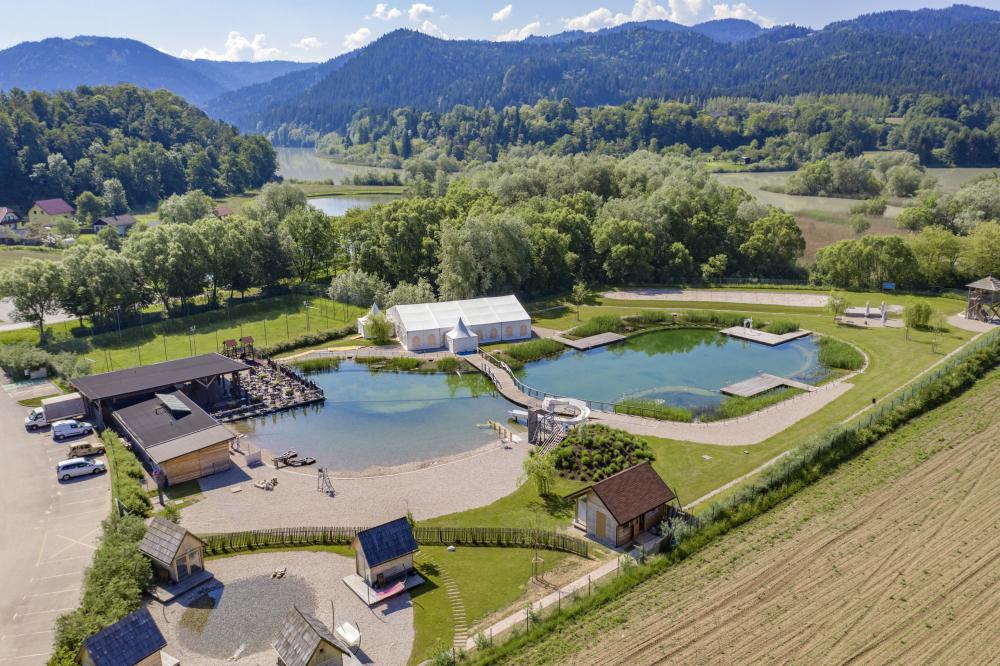Why Are Home Sewage Treatment Plants Becoming a Necessity?

As urban populations grow and environmental concerns intensify, managing household wastewater effectively is more crucial than ever. Aging municipal systems and stricter regulations are pushing homeowners toward sustainable solutions. A residential sewage treatment solution provider offers compact, efficient systems to treat wastewater at its source, ensuring cleaner environments and compliance with local standards. Traditional septic tanks often fall short, risking groundwater contamination and public health. Globally, untreated sewage contributes to 80% of wastewater pollution, per UNESCO data, making decentralized solutions like home sewage treatment plants (STPs) essential. These systems not only address sanitation but also support eco-friendly living by reducing strain on public infrastructure. By adopting home STPs, households can protect water resources and contribute to a sustainable future. This blog explores why home STPs are becoming indispensable, highlighting their benefits, integration with renewable energy, and their role in modern waste management.
The Growing Need for Home Sewage Treatment Plants
Environmental and Health Risks of Poor Sewage Management
Untreated sewage pollutes water bodies and spreads diseases like cholera. A residential sewage treatment solution provider offers systems that treat wastewater effectively, reducing environmental harm. Home STPs prevent contamination, safeguarding ecosystems and communities.
Regulatory Push for Sustainability
Governments worldwide are enforcing stricter wastewater regulations. Home STPs ensure compliance while minimizing environmental impact. By incorporating renewable energy solutions, such as solar-powered systems, they enhance sustainability and appeal to eco-conscious homeowners.
Overburdened Municipal Infrastructure
Urban growth strains aging sewage systems, leading to overflows and pollution. Home STPs decentralize treatment, easing the burden on public utilities. With renewable energy solutions, these systems reduce operational costs, making them a practical choice for households.
Benefits of Home Sewage Treatment Plants
Water Conservation and Reuse
Home STPs treat wastewater for reuse in irrigation or flushing, addressing water scarcity. Up to 90% of treated water can be repurposed, per industry standards, conserving valuable resources. This makes STPs ideal for sustainable households.
Long-Term Cost Savings
Though installation costs vary, home STPs reduce water bills and maintenance expenses over time. They also avoid regulatory fines. Partnering with a trusted residential sewage treatment solution provider ensures quality and maximizes savings.
Key Advantages of Home STPs
-
Compact Design: Fits small residential spaces.
-
Low Maintenance: Requires less upkeep than septic tanks.
-
Eco-Friendly: Reduces pollution and supports green living.
-
Customizable: Adaptable to various household sizes.
Integration with Renewable Energy
Solar-Powered Sewage Systems
Integrating STPs with renewable energy, like solar power, lowers electricity costs and carbon footprints. Solar-powered STPs are gaining popularity as renewable energy solutions become more accessible. They offer an eco-friendly approach to wastewater treatment.
Enhancing Energy Efficiency
Hybrid STPs combine wastewater treatment with energy-efficient technologies. These systems align with global sustainability goals, reducing energy waste. A reliable residential sewage treatment solution provider can recommend energy-optimized systems for maximum efficiency.
Addressing Common User Queries
How Do Home STPs Function?
Home STPs use biological, chemical, and physical processes to treat wastewater. Technologies like MBBR or SBR ensure high-quality output, safe for reuse or discharge. These systems meet stringent environmental standards.
Are Home STPs Suitable for All Properties?
Yes, STPs are designed for diverse settings, from urban apartments to rural homes. Providers tailor systems to space and budget constraints. Compact designs make them versatile for any property.
Comparison of Home STPs vs. Septic Tanks
|
Feature |
Home STP |
Septic Tank |
|---|---|---|
|
Treatment Efficiency |
High (90% pollutant removal) |
Low (50-60% removal) |
|
Water Reuse |
Possible |
Not possible |
|
Maintenance |
Low |
High |
|
Environmental Impact |
Minimal |
High |
Challenges and Solutions
Overcoming Installation Hurdles
Space limitations and upfront costs can be concerns. Modular STPs address space issues, and financing options ease financial burdens. Education on long-term benefits encourages adoption.
Ensuring System Longevity
Regular maintenance is key to STP performance. A reputable residential sewage treatment solution provider offers servicing and support. User-friendly guides simplify upkeep for homeowners.
The Future of Home Sewage Treatment
Supporting Global Sustainability
Home STPs align with global efforts to reduce pollution and conserve water. Decentralized systems are projected to treat 25% of domestic wastewater by 2035, per industry forecasts. They play a vital role in sustainable urban development.
Increasing Adoption Rates
As awareness grows, more households are choosing STPs. Incentives for eco-friendly technologies make them accessible. Collaboration with providers ensures tailored solutions for widespread adoption.
Conclusion
Home sewage treatment plants are becoming essential due to environmental challenges, regulatory pressures, and strained infrastructure. A trusted residential sewage treatment solution provider can deliver systems that save water, reduce costs, and promote sustainability. By integrating renewable energy solutions, these systems offer an eco-friendly path forward. Explore how a home STP can transform your waste management—connect with a provider to start today.
Frequently Asked Questions
1. How long do home STPs last?
With proper maintenance, home STPs can last 15–20 years. Regular servicing ensures optimal performance and durability.
2. Can STPs be installed in small homes?
Yes, compact STPs are designed for limited spaces like apartments. A residential sewage treatment solution provider can customize solutions to fit your needs.
3. Is treated water from STPs safe for reuse?
Treated water is safe for non-potable uses like gardening or flushing, meeting environmental standards. Advanced systems ensure high-quality output.
4. How do STPs benefit the environment?
STPs reduce pollution, conserve water, and integrate with renewable energy solutions, minimizing environmental impact and supporting sustainability.
5. How do I select a reliable STP provider?
Choose providers with expertise, certifications, and strong after-sales support. Compare offerings to ensure quality and compliance.







